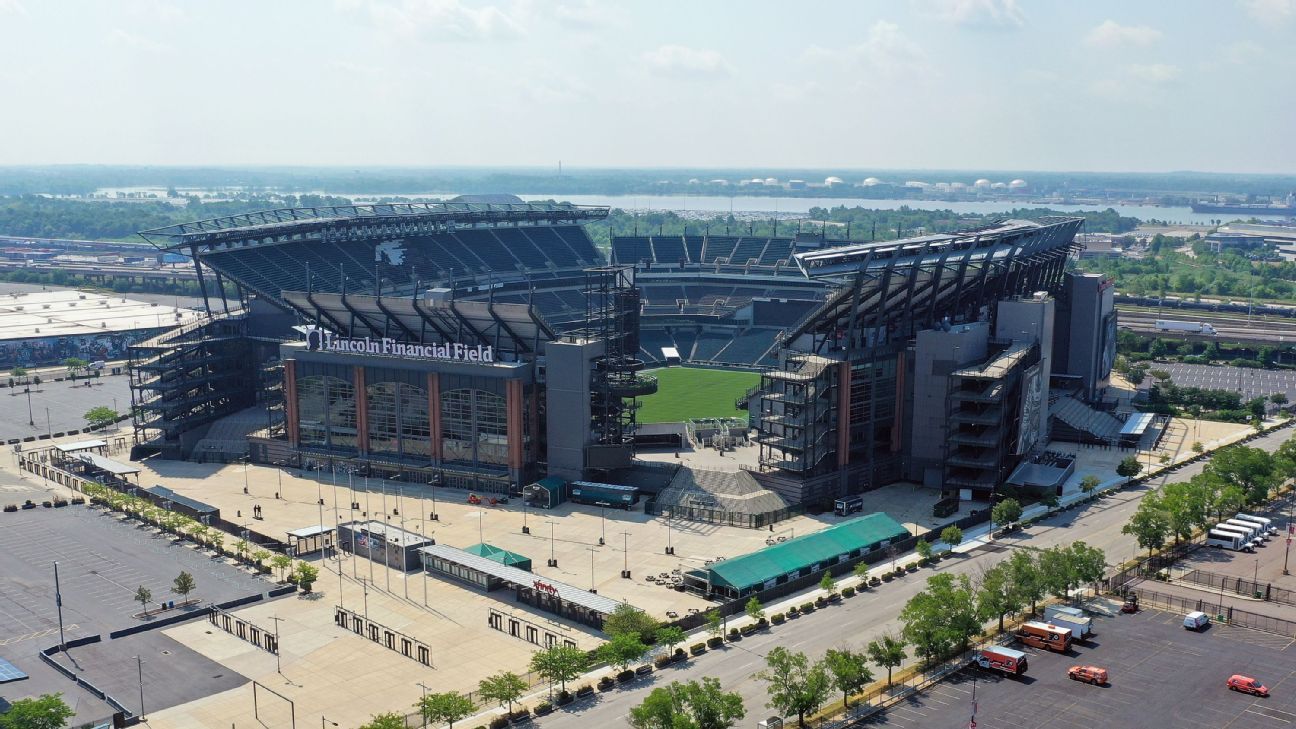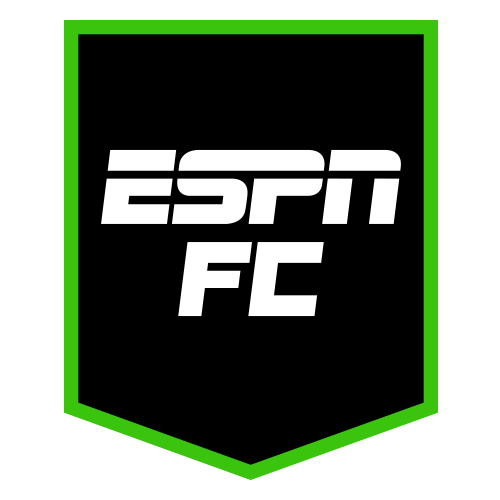
As the NFL was finalizing its plans for the 2020 season amid the coronavirus pandemic last month, epidemiologist Zachary Binney advocated a severe strategy to anyone who would listen. The league, Binney said, would need 32 self-contained "market bubbles" to keep its essential staff healthy during COVID-19 spikes this fall and winter.
The NFL and NFL Players Association chose differently, of course. And already, their decision to give players and coaches access to local communities has drawn new scrutiny after baseball's Miami Marlins experienced a large team outbreak less than a week into the start of the MLB season. NFL medical officer Allen Sills said Monday that the league's plan amounts to a "virtual football bubble," but its essential structure -- strict rules while at the team facilities and stadiums, with guidelines against high-risk behavior when in the community -- makes the NFL's defenses fundamentally similar to those that have already broken down in baseball.
"If you're the NFL and you're looking at what happened with the Marlins," Binney said, "you have to expect that something like this is going to happen to you -- unless you are able to change course, reenter negotiations with the [NFL Players Association] and negotiate something like that home-market bubble."
Such a dramatic shift, just as players are reporting to training camp, seems unlikely. Binney acknowledged "it would be incredibly difficult," and during an interview with ESPN, Sills avoided direct answers to multiple questions about the possibility of a bubble concept at this stage. While saying that "all options remain on the table," Sills emphasized that the NFL's current plan is geared to identify infections early to prevent spread rather than toward trying to seal out the virus entirely.
Indeed, a market bubble would require each team to house hundreds of employees -- players, coaches, medical officials and other staffers -- all day, every day for at least five months. It also would require intricate planning to accommodate game officials, many of whom have other jobs during the week, and others who are essential to travel and playing games in stadiums across the country. In theory, a market bubble would prevent everyone from coming into contact with the virus. In practice, the league and its players ultimately decided it was both undesirable and unrealistic in the structure of a 16-game season.
"All ideas were on the table for discussion," Sills said, "and I think we landed at the place where everyone felt the most comfortable in terms of the safety balanced against the pragmatic aspects."
Early returns from the NBA, WNBA and professional soccer indicate that bubbles work. The Marlins' experience has exposed the flaws of anything short of that. Can the NFL avoid the same essential flaw and make it through training camp, let alone a 16-game season and a full postseason, without a major outbreak? Binney, an assistant professor of quantitative theory and methods at Oxford College of Emory University, has his doubts.
"I have a tremendous amount of respect for Dr. Sills and all the work that he and all of his colleagues at the league have put into trying to come up with the best plan that they can under the circumstances," Binney said. "But with that said, if you're going to call the NFL's plan a 'virtual football bubble,' then you have to call MLB's plan a 'virtual baseball bubble.' [The NFL] would have to expect that the Dolphins are going to experience a different result than the Marlins, when I think, if anything, I think it's going to be more difficult for the Dolphins because of the sheer number of people who are going to have to behave and not engage in risky behavior, as well as the additional close contact in football that doesn't exist in baseball."
Kellerman: There's a 0% chance the NFL will finish season without a bubble
Max Kellerman expresses his concerns about the Marlins' COVID-19 outbreak and warns MLB and the NFL to take better precautions or it'll be hard for sports to continue.
The NFL has sent teams hundreds of pages of memos with instructions for retrofitting their team facilities, limiting in-person meetings and even removing shower heads to ensure social distancing in the shower room. It is requiring players to produce three negative COVID-19 tests over four days before they set foot in the team facility for training camp, and then will subject them to daily testing for at least two weeks. When players leave the facility, they will be governed by rules -- enforceable by fines or possibly suspensions -- that prohibit activities such as visiting nightclubs with more than 15 people or joining a religious service attended by more than 25% of the venue's capacity.
Those rules constitute the NFL's definition of a "virtual football bubble" because, Sills said, "everyone in our team environment shares the same risk [and] the same responsibility to each other."
But even if most everyone follows the guidelines, Binney said, it would take only a few mistakes to put an entire team at risk.
"I think you can think of it like an NFL defense," he said. "If you've got nine guys sticking to the program and two guys out there freelancing, the opposing offense is not going to have a difficult time scoring a touchdown. I think that analogy carries over. You really need everybody on the same page and pulling in the same direction."
In the absence of a sealed bubble, the NFL and NFLPA worked to ensure testing results within 24 hours from BioReference Laboratories, the same testing firm used by the NBA and WNBA. They also installed a technology-based contact tracing program to aid the next steps after a positive test result. Their joint coronavirus task force contracted with Kinexon, a company that produces tracking devices, for a leaguewide order of proximity recording devices that accurately measure physical distancing, according to NFL chief information officer Michelle McKenna.
All team employees, and some media members, will be required to wear the devices while in the perimeter of the team facility. The proximity data will be uploaded to IQVIA, a company that manages all the NFL's health and safety information, and can be accessed within minutes after a positive test by each team's infection control officer (ICO).
Using the data, the ICO can identify anyone who was within 6 feet of the infected person for at least 15 minutes during the previous 48 hours. The policy calls for the team to "notify those individuals of their potential exposure and probable need for quarantine or isolation pending the results of testing," but the ICO is given some leeway to exclude people who were, for example, within 6 feet of each other but on opposite sides of a wall.
The devices also are equipped to give individuals an audio or video warning that they are within 6 feet of someone, providing a real-time education on appropriate social and physical distancing. Teams will receive data reports that can help identify problem spots in their facilities where people are consistently congregating.
"This in a way becomes a social distance feedback device as well," Sills said. "This feedback might be even more important than contact tracing because it gives us a chance to do something proactively that maybe reduces our chances of infection."
The devices will be removed, however, when the user leaves the team facility. And for parts of every day this summer, fall and winter, team employees will be counted on to avoid a virus that is running rampant through parts of the United States. For the NFL to function over the next five months, its entire ecosystem will have to behave much differently than the country at large.
The plan probably would have been sufficient if the infection rate were lower around the country, Binney said. Sills has said the NFL hopes to set an example for the country on how to "mitigate risk and to coexist with this virus." Without a bubble, as unrealistic as it might be, Binney said those efforts might prove futile.
"I'm not saying it would be easy," he said. "It would be incredibly difficult. But this is the position that our country's response to the virus has put us in. It didn't need to be this way, or this hard or this dangerous, but it is. And there's nothing you can do about that reality, unfortunately."















 Phone: (800) 737. 6040
Phone: (800) 737. 6040 Fax: (800) 825 5558
Fax: (800) 825 5558 Website:
Website:  Email:
Email: 






